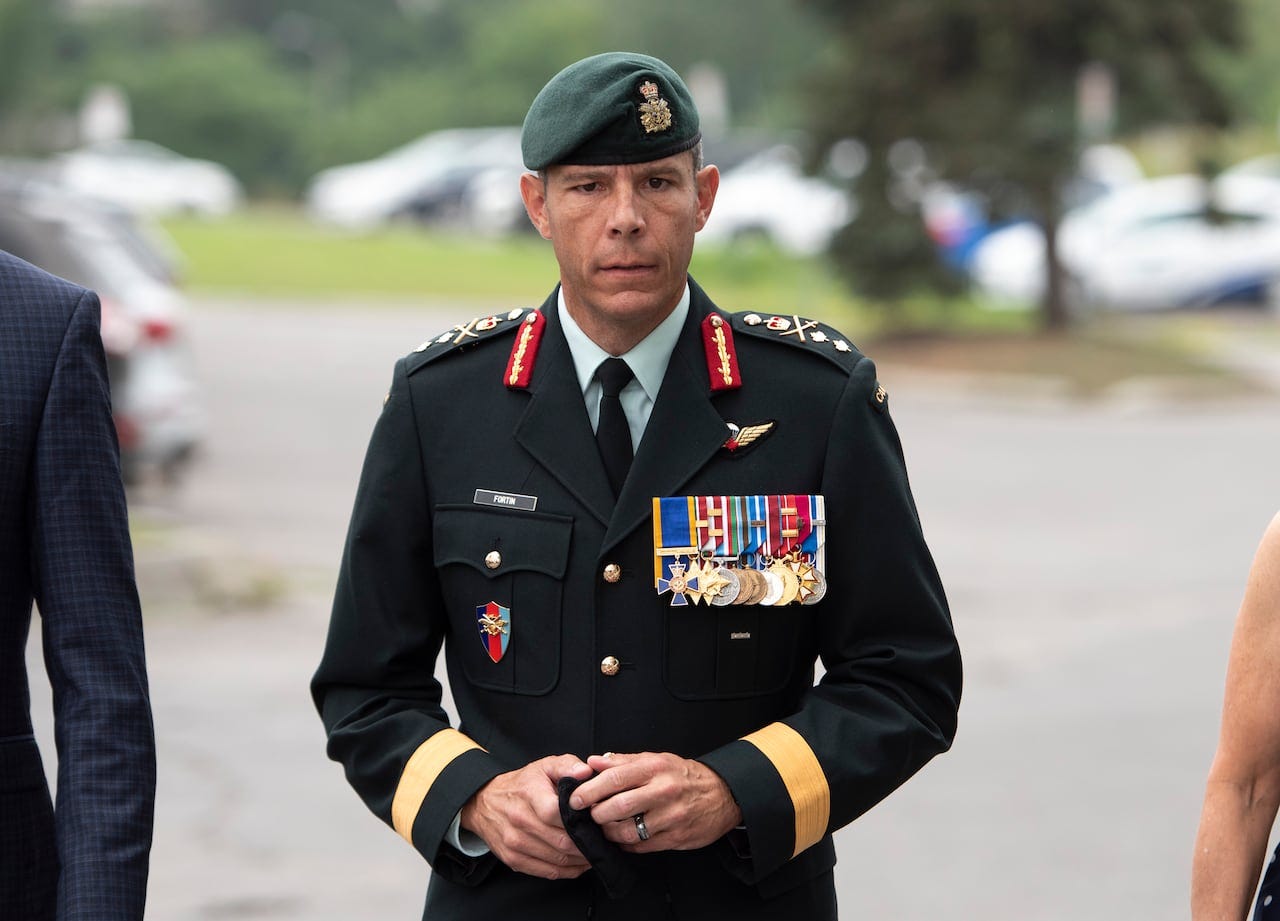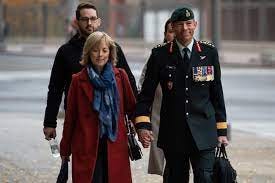I have been watching with professional interest the various court proceedings related to Maj. Gen Denis Fortin, charged, and now acquitted, of a 30 year old sexual assault.
Knowing that the threshold for a charge approval by crown counsel is whether there exists a ‘reasonable prospect of a conviction” I was somewhat surprised that the charge was allowed to proceed at all. With all deference and sympathy to the victim, who, the judge found, was undoubtedly assaulted by someone in the dark of her dorm room, a reasonable doubt would inevitably be raised by the passage of three decades, and the dimly lit circumstances of the incident. Memory is fallible, and any possible corroborating evidence lost with the passage of time. The Crown must have known that their chances of a conviction were slim, so why did they proceed? Were they being over-zealous, in the face of the spat of sexual assault allegations levelled against high ranking officers in the Canadian Armed Forces?
One aspect of the case that has sparked discussion in the legal profession was General Fortin’s attire during the trial. He appeared, and testified, wearing his full dress uniform, replete with a chestful of medals, the product of a long and illustrious military career. I thought that he cut an impressive figure, and that, of course, was the whole idea. His attire acknowledged the solemnity of the occasion, and showed respect to the court, but was primarily designed to favourably impress the trier of fact.
What better way to subtly remind the court of his bona fides than to have him appear in uniform? I know in my days as criminal defence counsel I used to do my best to smarten up the appearance of my clients and my witnesses. When acting for the crown on an assize trial in the Supreme Court I would encourage police witnesses to wear their red serge to court, to give that extra credibility edge, just as I would exhort my civilian witnesses to dress to impress.
I recall that when my grandfather passed I rescued a few of his old sports jackets, dress shirts and neckties from a trip to the Salvation army. I kept them in my office and would deliver them to the holding cells for my incarcerated clients to wear into court. I doubt that it did a lot of good, but at least the jackets covered most of the tattoos, and lets face it, every little bit helps.
Some commentators however cried foul over General Fortin’s uniform, opining that it could create bias, or intimidate victims of sexual assault, and the military’s top brass, now hyper-sensitive to the issue of sexual misconduct in the armed forces, have in response, issued an order banning the wearing of uniforms to court. It was, in my opinion the wrong call.
Any accused coming before the court is entitled to take full advantage of all modes non-verbal communication they can. One communicates one’s status through wardrobe, grooming and demeanour, and when one’s liberty is at stake one can’t be faulted for wanting to put one’s best foot forward and to claim every ounce of respectability one can. We don’t require civilian witnesses to dress down for trial, so why are we ordering members of the armed forces to do so? Why does Canada even award medals, if they cannot be worn in public, for fear they might suggest the wearer is a good person? And what if the wearer of the uniform and the medals was testifying as the victim, and not the accused? are they not also entitled to buttress their respectability any way they can?( By the way, I can assure you, victims of crime are also carefully coached about what to wear to court).
In another example of non-verbal messaging, Its pretty much de rigueur for the wife of an accused in a sexual assault trial to accompany him to court, and to sit front and centre in the gallery, and some accused even double down ( as did Gen, Fortin) by insisting on retaining female defence counsel, hoping to send the subliminal message that they couldn’t possibly be the monster they are accused of being.
At the end of the day, if the trial process is working as it should, it shouldn’t make any difference anyway. I have enough respect for judges and jurors to believe that they can distinguish between, say a prosperous professional in a well-tailored suit, and one of my convict clients in granddad’s old sport jacket, as well as enough perception to identify a rapist, in or out of uniform.
So, Gen. Fortin, stripped of a high profile position and subjected to the ignominy of a criminal trial, then criticised for the subtleties of how he defended himself, is finally acquitted- that, you might think, would be the end of it- but no, his acquittal merely triggered the next legal wrinkle in his case. The Armed Forces has a somewhat unique mandatory Administrative Review Process that is triggered by a serviceman’s acquittal on a criminal charge in civilian court.
The Administrative review panel takes a second look at the facts of each criminal case, but applying the lower civil court standard of “ on the balance of probabilities” to decide if the crime was likely committed, and even if not, if the facts reveal a violation of military standards, or call into question the viability of the serviceman’s continued service.Its enough to make a criminal defence lawyer’s blood run cold! Good luck weaseling out of the charges on a technicality!
It is perhaps reassuring that the military do hold their personnel to a higher standard, and stand prepared to weed out bad elements, even if they have escaped actual conviction of a criminal offence, but it is a novel legal procedure, and one that makes many lawyers uneasy, as it smacks of double jeoprody. I’m sure to General Fortin it must have seemed like he was running a never-ending gauntlet of persecution.
That gauntlet has now ended, with General Fortin being definitively cleared by the Administrative Review Process, clearing him to return to his duties. One can only hope that his reputation has not been indelibly tarnished by the process.





